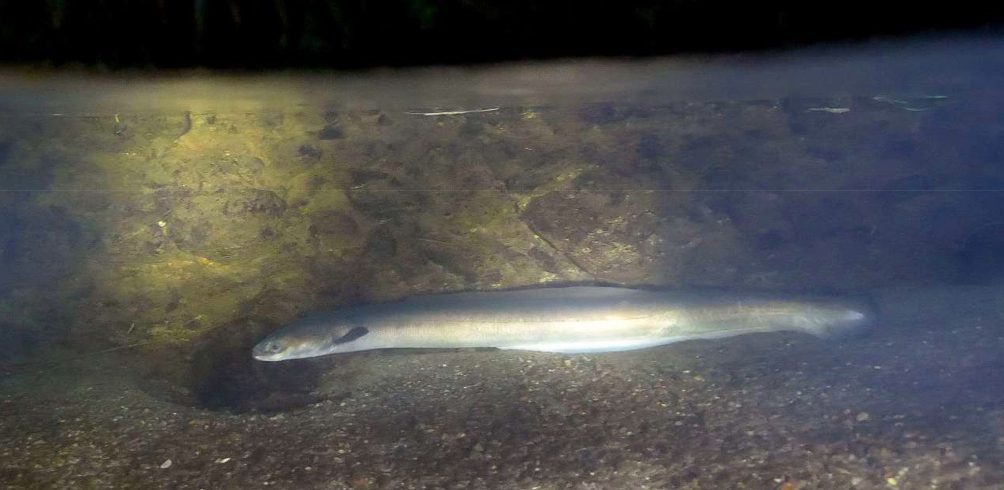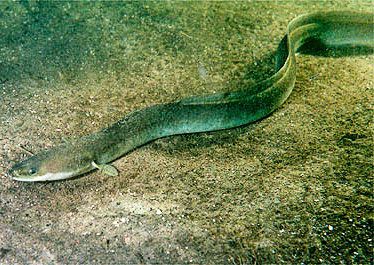Children – and most adults – might be vague about where the Sargasso Sea is, but most learn at school that European freshwater eels undertake an incredible saltwater journey to breed there.
Long regarded as one of the most impressive animal migrations, it had never been proved because no eels or eggs had ever been located at their alleged destination – until now.
A team of researchers led by the UK’s Environment Agency (EA) say they have taken a big step in solving the mystery of how Anguilla anguilla freshwater eels reach their mid-North Atlantic breeding ground from continental Europe and Africa.
Scientists first referred to the phenomenon in the 4th century BC but it was only in 1923 that Danish biologist Johannes Schmidt discovered eel larvae in the Sargasso Sea, an area marked out by four swirling ocean currents and named for its forests of Sargassum seaweed. But it would be decades before scientists had the means – satellite-tagging – to track eels’ movements.
However, tagging had traced the eels no further than the mid-Atlantic Azores, indicating that the dive-destination was a stopover point for all migrating eels. The EA-led team tagged and released female eels in the Azores and has now announced its success in tracking their progress on the last leg of their epic journey.
Deeper than 1,000m
The satellite tags, timed to detach after 6-12 months, were fitted in December 2018 and 2019 and most remained in place, with 23 of the 26 continuing to transmit data.
The eels swam steadily south-west, and six reached the Sargasso Sea with their tags still attached, more than a year after leaving the Azores. The longest recorded straight-line distance was 1,410 miles; average speed was 4.2 miles a day and at times the eels swam deeper than 1,000m.
As a result of the study eels are now known to travel as far as 6,200 miles to spawn at sea, after which their larvae drift back towards UK and other European waters on the North Atlantic Drift, before migrating into rivers as glass eels.

Returning eels have suffered a 95% decline since the 1980s. “The European eel is critically endangered, so it is important that we solve the mystery surrounding their complete life-cycle to support efforts to protect the spawning area of this important species,” said project lead and EA researcher Ros Wright.
“This is the first time we’ve been able to track eels to the Sargasso Sea and we are delighted we have the first direct evidence of adult European eels reaching their spawning area. Their journey will reveal information about eel migration that has never been known before.”
The EA says the study complements eel-protection work going on around England, such as improving “eel passes” to help the fish move up rivers.
The team is now conducting a deeper analysis of the satellite tag data, while field teams have returned to the Azores to fit eels with the latest extended-life tags.
The work is being carried out in collaboration with the Zoological Society of London, CEFAS (the Centre for Environment, Fisheries & Aquaculture Science), DTU-Aqua (the National Institute of Aquatic Resources) and the University of the Azores. A preliminary study has just been published in Scientific Reports.

